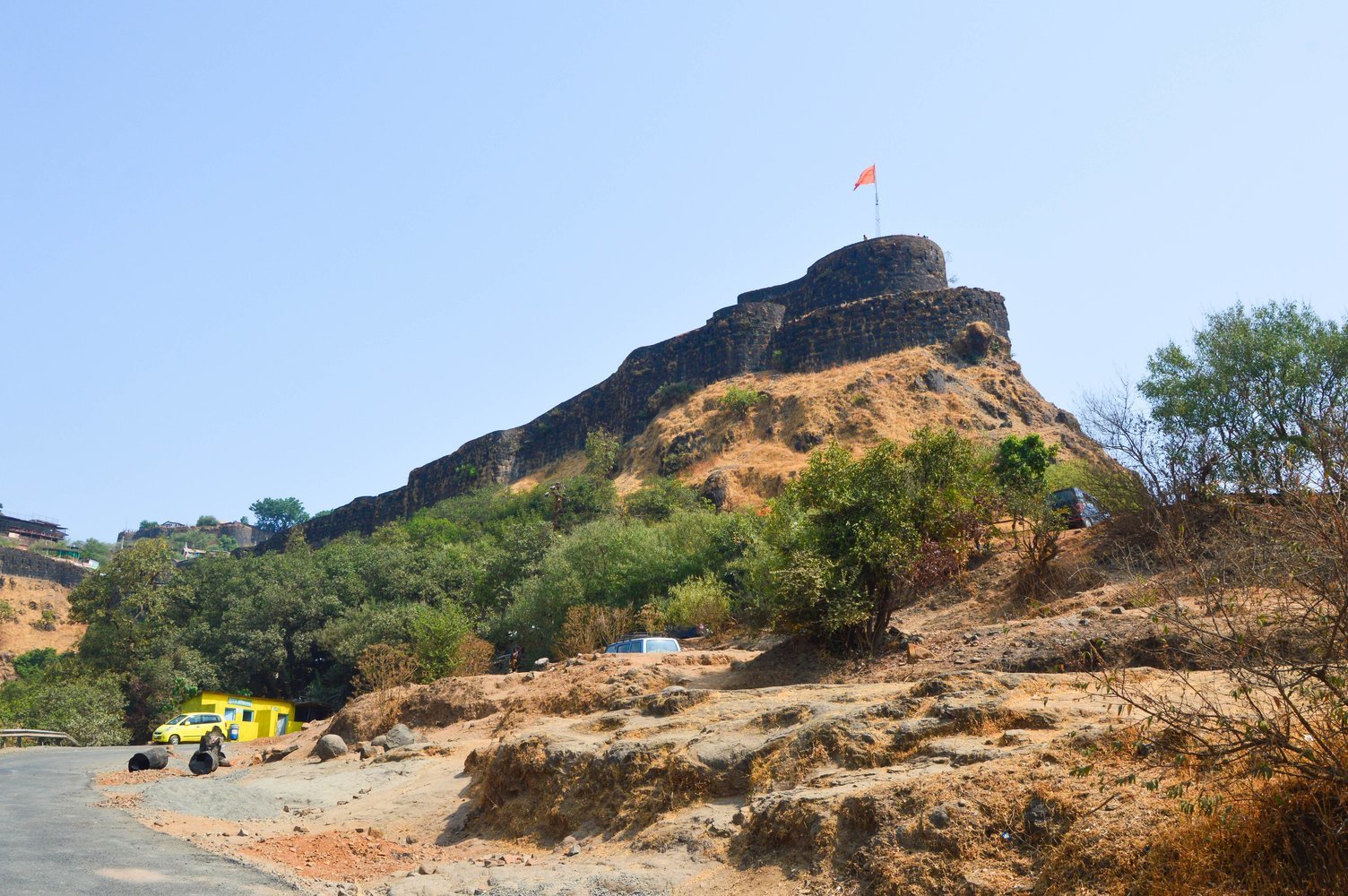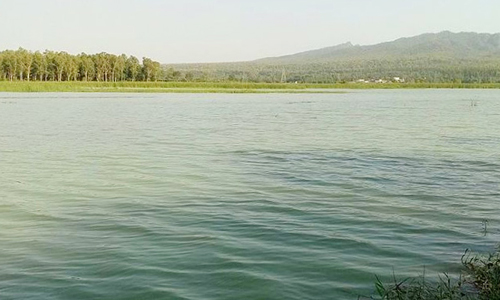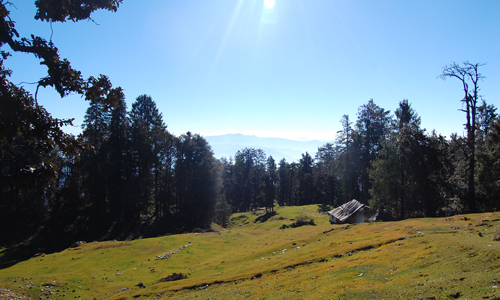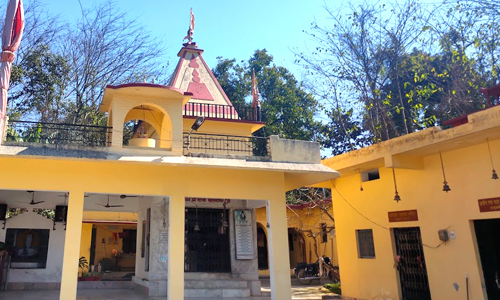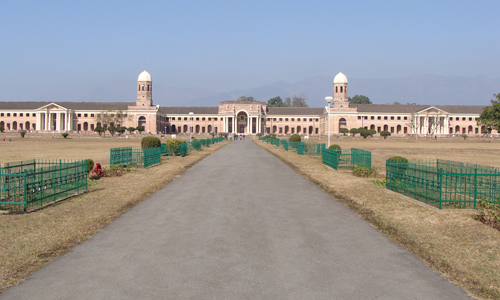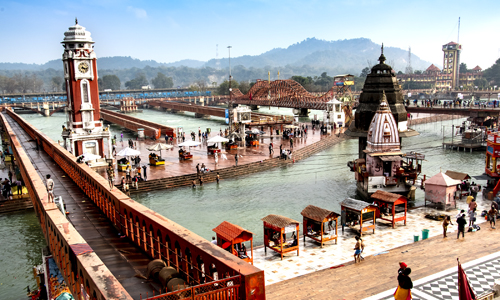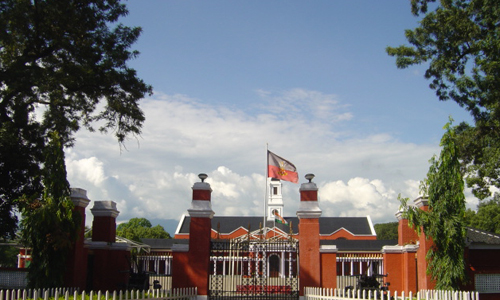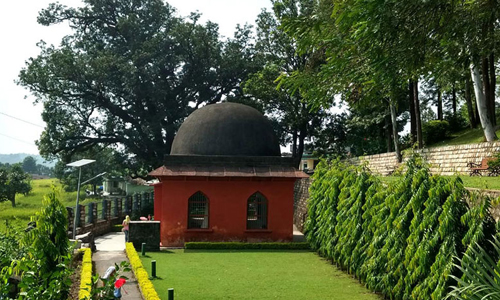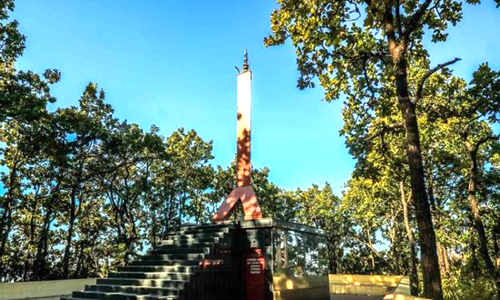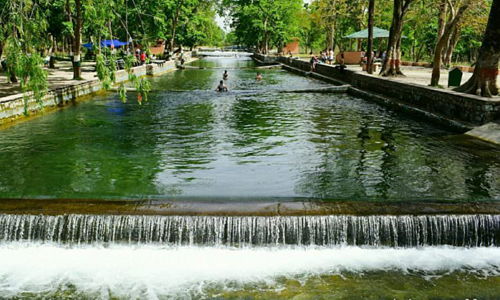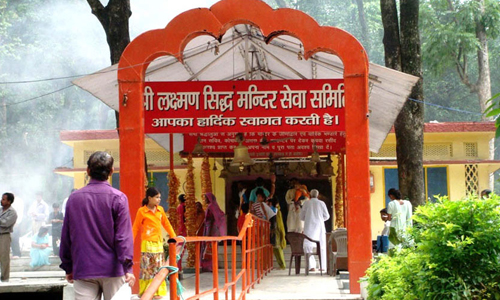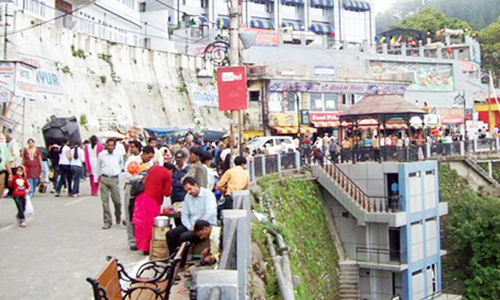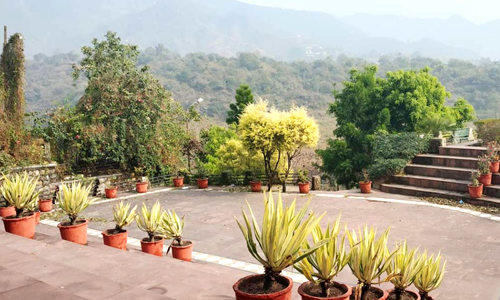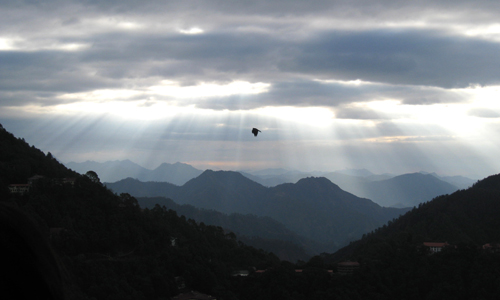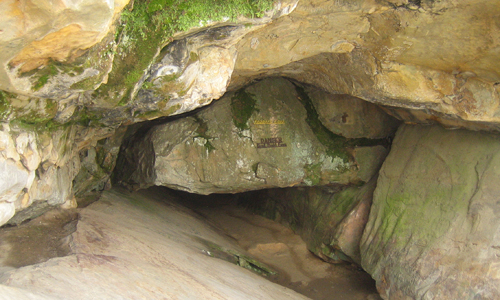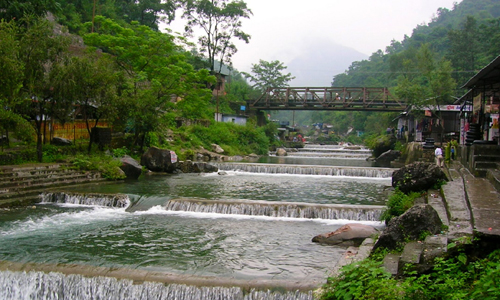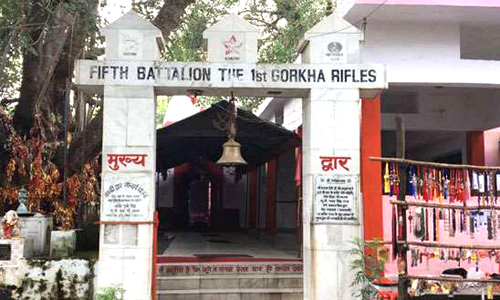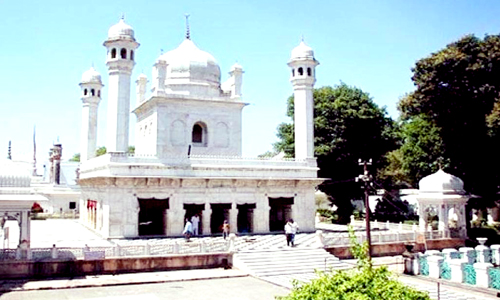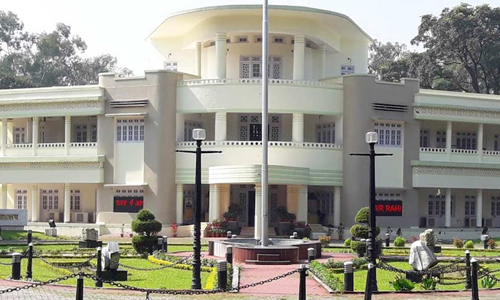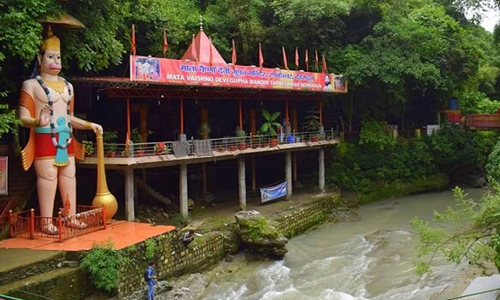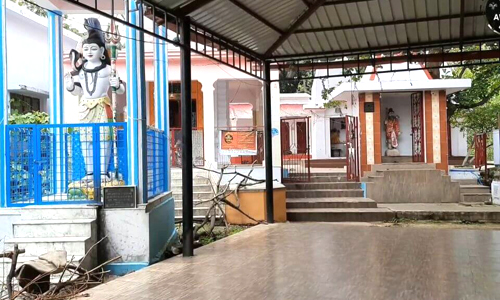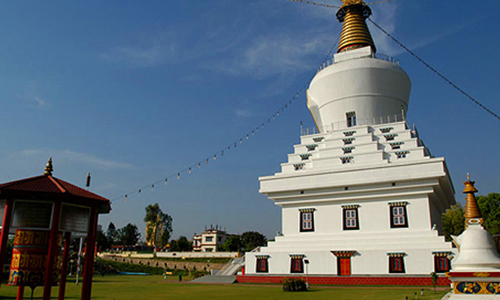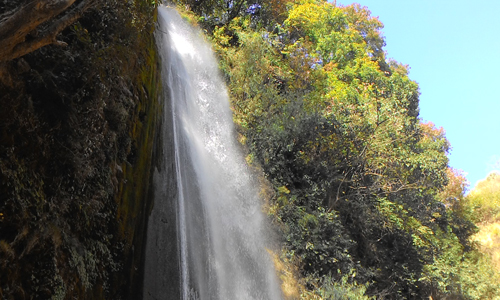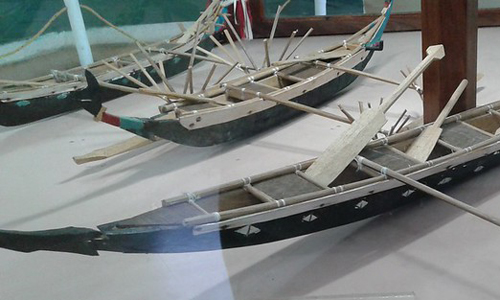People from all over the world come to see the Wadia Institute of Himalayan Geology—people from all over the city love to visit this place. The main goal of the Wadia Institute of Himalayan Geology (WIHG) is to study the rocks, rocks moving in the earth, and earthquakes in the Himalayas.
Natural resource management, environmental geology, and earth sciences are just some of the many fields that the Institute studies. It also looks into natural tragedies to discover what makes them happen and how they affect the Himalayas.
WIHG does research and holds training programs, workshops, and conferences. It also helps eco-friendly travel and makes people more aware of the Himalayas' geology and environment. This one is truly a must-see among the many places to visit in Dehradun.
It runs field search stations in Naddi-Dharamsala and Itanagar, Arunachal Pradesh, at the Dokriani Bamak Glacier Station. It's something you should include in your Dehradun tour package.
The library at the study centre is enormous, with over 20,000 books. Geology and Himalayan geology can be learned more about in the problematic museum through maps, charts, samples, models, and video films.
History of Wadia Institute of Himalayan Geology
The Institute began in June 1968 as a small group working in the Geology Department at Delhi University. In April 1976, it moved to Dehradun.
The Wadia Institute of Himalayan Geology in Dehradun is a separate study centre run by the Department of Science and Technology in the Ministry of Science and Technology, Government of India.
It used to be called the Institute of Himalayan Geology. Still, it was changed to the Wadia Institute of Himalayan Geology in honor of its founder, the late Prof. D. N. Wadia (F.R.S. and National Professor), who significantly contributed to studying the Himalayas' rocks.
In the last 25 years, the Institute has become a world-class centre for Himalayan geology. It is also famous as a National Laboratory of International Renown, complete with well-equipped labs and other facilities needed for conducting advanced study in the country.
Timing for visit
Visitors do not have to pay to enter the Wadia Institute of Himalayan Geology. But the public isn't usually allowed to go there, and people can only visit the Institute's study facilities or labs if they have permission first.
WIHG sometimes puts on events for the public, like open houses, seminars, and workshops, where they can look around the Institute and talk to the scientists and experts. The Institute's website and social media pages generally have information about these events.
The Institute's regular business hours are from 9:00 AM to 5:30 PM, Monday through Friday. The Institute remains closed on weekends and public holidays.
The best time to visit
The best times to go are spring and fall, from March to June and September to November. The weather is excellent, and the temperature is just right, so now is a great time to see the city and the places around it.


